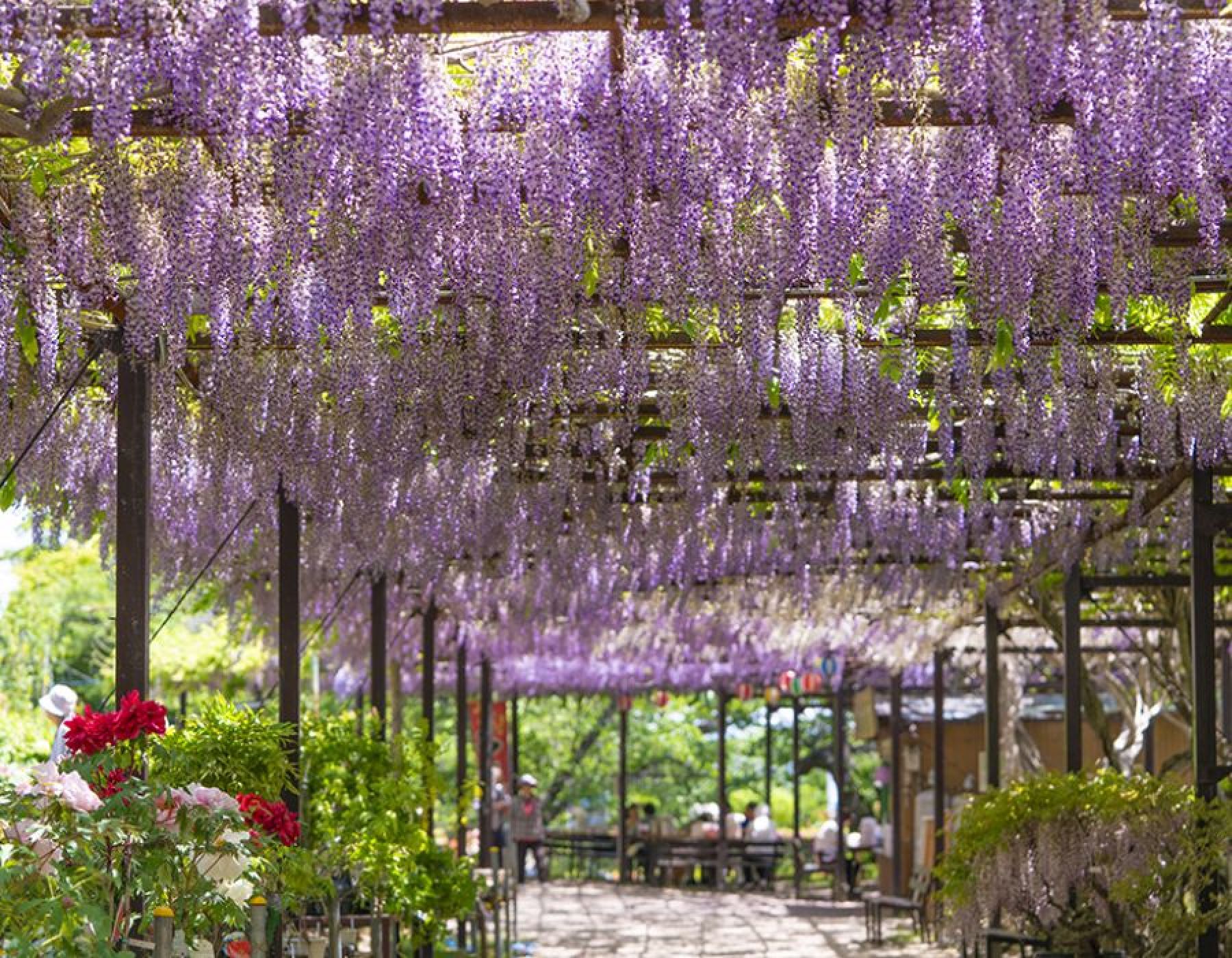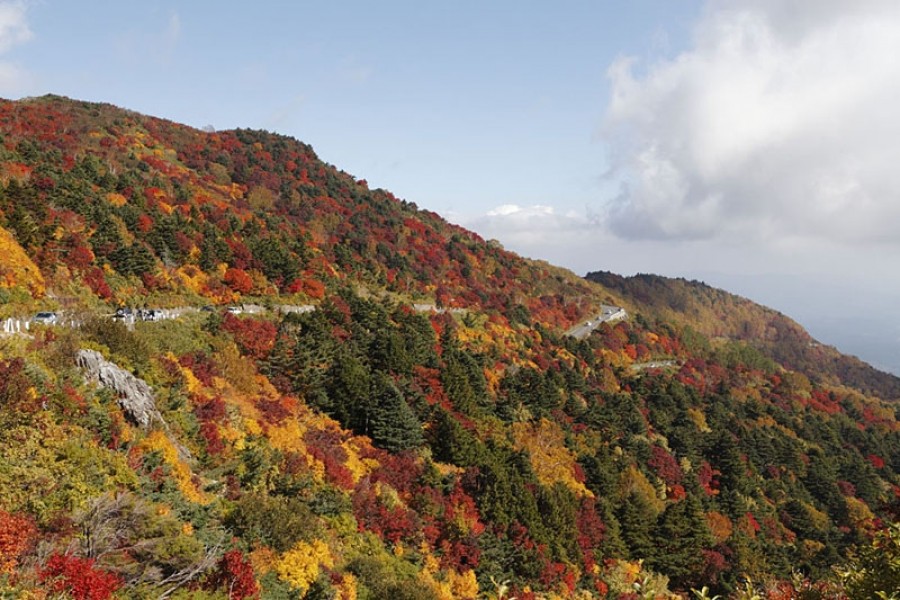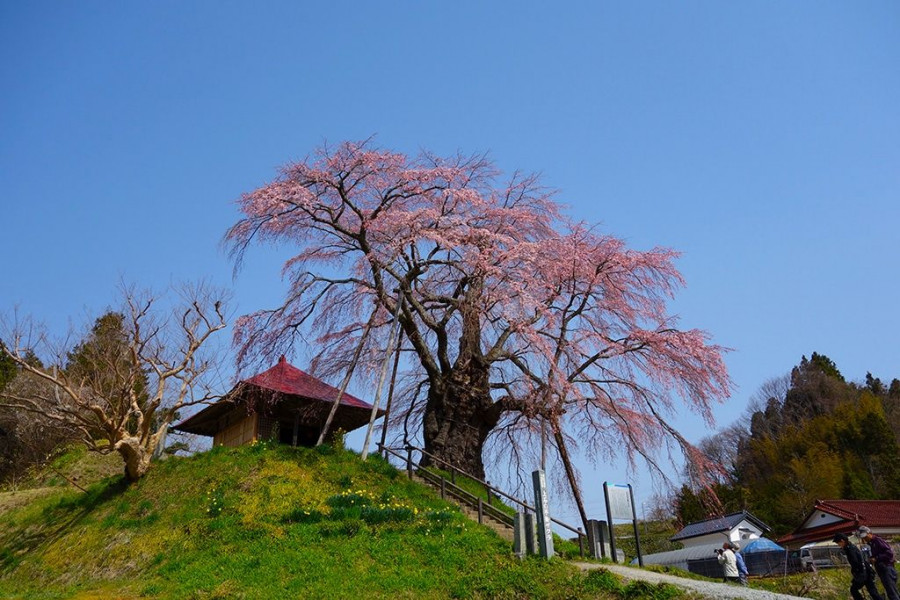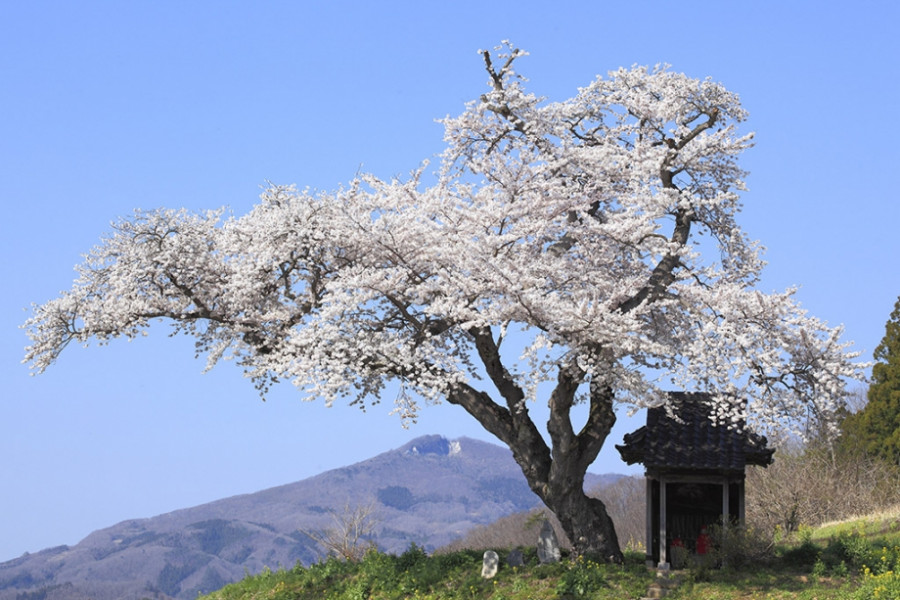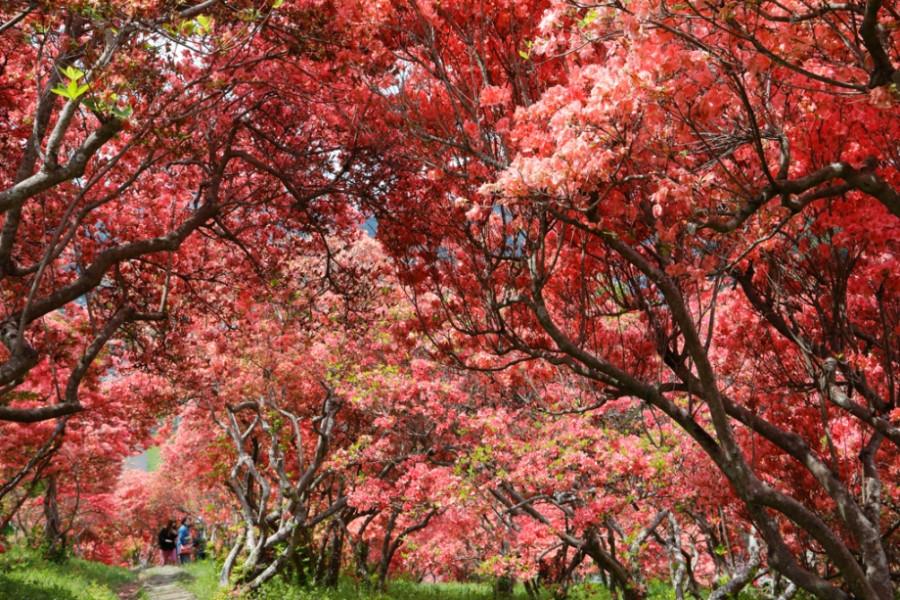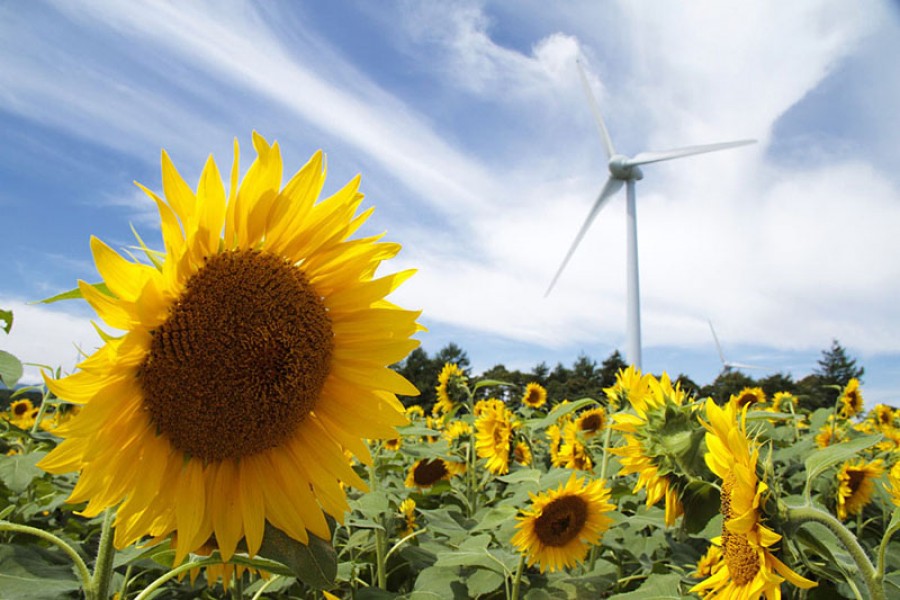
Fukushima Product Promotion Center
The Fukushima Product Promotion Center (also known as the ‘Bussankan’) is a short walk from the west exit of Fukushima Station and is the best spot to buy unique souvenirs from your trip to Fukushima.Enjoy a delicious lunch, and even do a sake tasting, at the Fukushima Lounge. All food and sake has been grown and produced locally in Fukushima.Browse locally-made items – which have been designed over generations in response to Fukushima’s rich history and culture, and have become representative of various areas of Fukushima Prefecture – displayed and sold in the ‘Local Products’ section.Great food, dried goods, local products and traditional crafts – the best from all over the prefecture can all be found at Fukushima Prefecture Souvenir Shop.As well as displaying and selling delicious local produce and locally-made folk crafts from a wide range of areas across the prefecture, the Fukushima Product Promotion Center also provides information on local products and sightseeing opportunities in Fukushima. Local artisans, farmers and performers also regularly visit the shop to display and sell their work.

 The park is wonderful to visit any time of the year. It has a scented rose garden, stadiums and sports fields, as well as wide meadows to stroll and relax.
The park is wonderful to visit any time of the year. It has a scented rose garden, stadiums and sports fields, as well as wide meadows to stroll and relax. At the park, you can also find the
At the park, you can also find the 